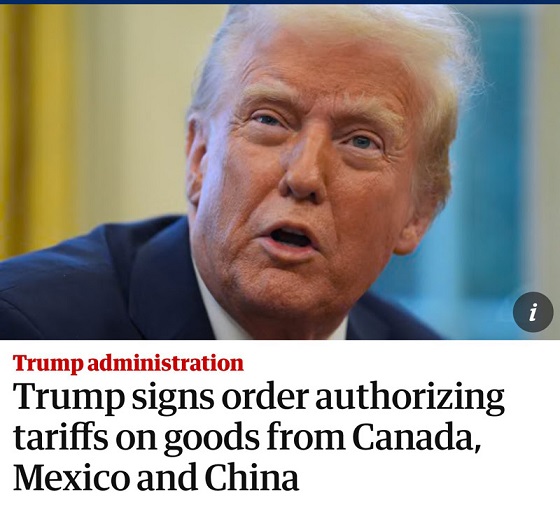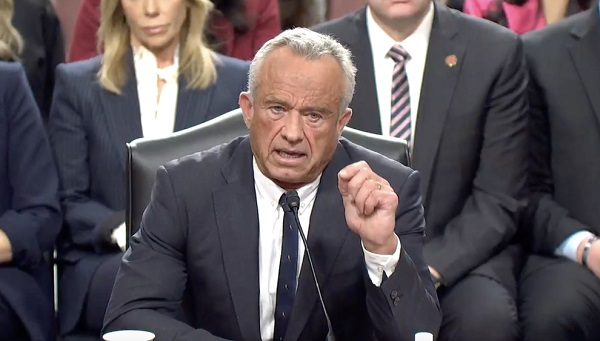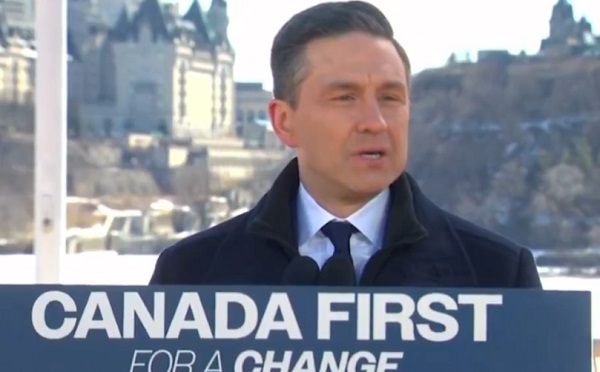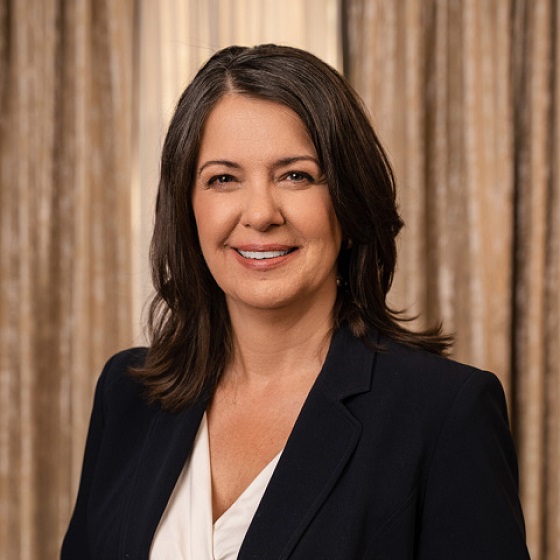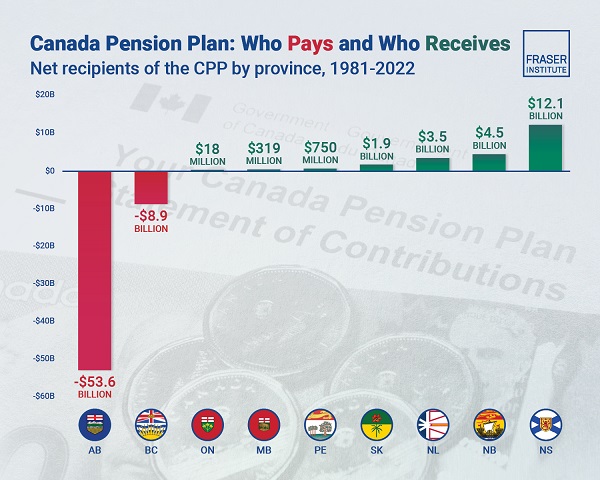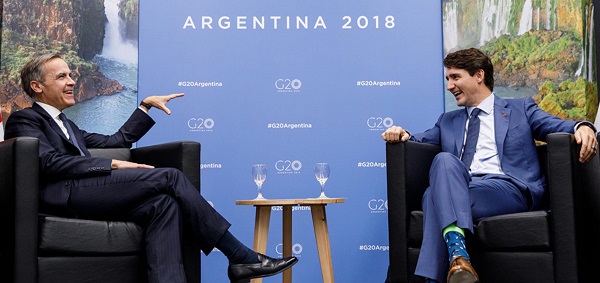By Robert Malone
Countering DEI globalists like BlackRock’s Larry Fink and the World Economic Forum, a young entrepreneur named Alexandr Wang has taken a stand, provided leadership, and is triggering a new movement—hiring and promoting based on MEI: merit, excellence, and intelligence.
Silicon Valley experienced an earthquake on June 13, 2024. This geological event was definitely not televised, but it triggered aftershocks from progressive corporate media like Fortune magazine (which, in a typical propaganda move, cites unnamed “experts” in its reporting on the topic). The earthquake was a consequence of the widespread excesses and consequences of the DEI (Diversity, Equity and Inclusion) hiring and promotion policies that have been actively promoted by the World Economic Forum and its leading corporatist sponsors including Blackrock, Vanguard, State Street and World Economic Foundation (WEF) favored consulting group McKinsey & Company.
To advance and enforce their DEI agenda, which plays a key role in the WEF-promoted vision of “Stakeholder Capitalism”, the WEF has created the “Global Parity Alliance”. The WEF, which defines itself as a key player in an emerging global government (in partnership with the United Nations), has structured this alliance of corporations to implement DEI initiatives across the globe rapidly.
The Global Parity Alliance, a cross-industry group of companies, is not just taking action, but accelerating it. Their urgency to promote diversity, equity and inclusion (DE&I) in the workplace and beyond is palpable, and their commitment to this cause is unwavering.
This group, the Global Parity Alliance, is not just a collection of companies. It’s a community of like-minded organizations, all striving for the same goal-better and faster DE&I outcomes. By sharing proven DE&I best practices and practical insights, they are inviting others to join them in this important work.
To realize the promise of diversity, the Global Parity Alliance members and identified DE&I lighthouses will work to close opportunity gaps faster in the new economy.
According to Blackrock CEO Larry Fink, the WEF DEI initiative intends to (quite literally) force the implementation of social engineering/”stakeholder capitalism” DEI policies as the basis for corporate hiring and promotion rather than focusing on profitability, return on investment, and shareholder/owner value measured by financial outcome measures.
The problem with this globalist “can’t we all get along” Kumbaya naïveté is that the dogs of investment are not eating the dog food. And, of course, inquiring minds are raising questions after the serial DEI financial fiascos of Target and its line of transgender attire for infants, InBev with its transgender Bud Light advertising campaign, Disney with its corporate commitment to woke/grooming everything, farming icon John Deere’s surprise discovery that flyover state farmers were not buying into its DEI genuflecting to the WEF, and WEF partner CrowdStrike crashing the world wide web.
To say that the financial genius of the WEF globalist leaders is looking a bit threadbare is a self-evident understatement. Oh yeah, and then there is the US Secret Service and the attempted Trump assassination. As covered in this recent Fox Business News segment, the natives are becoming restless, and drumbeats are being heard in the distance.
Now is an excellent time to remind all concerned that Larry Fink and Blackrock’s corporate financial ascendency is just another classic tale of DC/Democrat crony capitalism. Fink and company are not business masterminds. They are merely garden-variety Obama cronies parading around and masquerading as captains of industry. I admit to a growing sense of schadenfreude with the perverse logic inherent in all this. Perhaps merit-based selection of federal contractors actually results in better outcomes than just allowing politicians to develop public-private partnerships based on cronyism?
Please consider this AI-generated summary of BlackRock’s rise to global financial dominance, primarily based on “Times of India” reporting, for those who are not singing along with the bouncing ball.
During the 2008 financial crisis, BlackRock played a significant role in the Troubled Asset Relief Program (TARP) under the Obama administration. Here are key points:
- TARP’s Legacy Securities Program: In 2009, the Obama administration’s Treasury Department partnered with BlackRock to manage the Legacy Securities Program, a component of TARP. The program aimed to remove toxic assets from banks’ balance sheets, stabilizing the financial system.
- BlackRock’s Acquisition of Merrill Lynch’s Assets: In September 2008, BlackRock acquired a significant portion of Merrill Lynch’s troubled assets, including mortgage-backed securities, for $3 billion. This deal helped stabilize Merrill Lynch and prevented a systemic crisis.
- BlackRock’s Management of TARP Assets: As part of the Legacy Securities Program, BlackRock managed a portfolio of troubled assets, including mortgage-backed securities and other complex financial instruments. This role allowed BlackRock to profit from the recovery of these assets, while also helping to stabilize the economic system.
- Larry Fink’s Relationship with Obama: BlackRock’s CEO, Larry Fink, developed a close relationship with President Obama and his administration. Fink was a key advisor on financial matters, and BlackRock’s expertise was leveraged to inform policy decisions.
- Thomas Donilon’s Connection: Thomas E. Donilon, former National Security Advisor to President Obama, is currently the Chairman of the BlackRock Investment Institute. During his tenure as National Security Advisor, Donilon worked closely with Fink and other financial leaders, including Secretary of the Treasury Timothy Geithner.
Key Takeaways
- BlackRock played a crucial role in the Obama administration’s TARP program, managing troubled assets and helping to stabilize the financial system.
- Larry Fink’s relationship with President Obama and his administration was significant. Fink served as a key advisor on financial matters.
- Thomas Donilon’s connection to BlackRock, as Chairman of the BlackRock Investment Institute, highlights the firm’s continued influence in Washington, D.C.
What the AI missed is that BlackRock was able to leverage its special relationship with the Obama administration and the TARP program to produce the most globally comprehensive database of business transactions that the world has ever known. And then to exclusively datamine this rich insider resource to generate forward-looking predictions, which it leveraged to yield a globally dominant investment portfolio. And now, BlackRock has captured the exclusive (US, of course) contract to manage the rebuilding of Ukraine. Once the US/NATO military-industrial complex has succeeded in depopulating and then occupying that region. See how that works? Thanks, O’Biden/Uniparty. Let’s watch to see how that plays out.
Getting back on track.
As exemplified by the overlapping fiascos of CrowdStrike and the US Secret Service, the whole problem with DEI-based hiring and promotion policies is that they result in a gradual, creeping degradation of organizational competence, which I have previously covered in my recent substack essay titled “The Great Enshittening.”
Here’s the thing: In the 21st century, we are the inheritors of an interlaced network of complex systems, each requiring considerable competence to maintain and almost all of which are currently strained to the breaking point. Electricity grids, air traffic control networks, server farms, food supply chains, global shipping, petroleum, finance, the internet—the list goes on and on. They are all interdependent and at risk of cascading failure. And into this mix, the self-proclaimed geniuses of global governance have injected themselves and their untested theoretical fantasies of “Stakeholder Capitalism.” Which unproven theory is just another way of saying Marxist social engineering lathered up with a thin veneer of Adam Smith to reduce the friction of forced introduction.
Returning now to that Silicon Valley earthquake that I mentioned in the opening.
A young entrepreneur-genius (named Alexandr Wang) has taken a stand, provided leadership, and is triggering a new movement—sort of a back-to-the-future moment. Hiring and promotion based on MEI: merit, excellence, and intelligence. What a novel concept! Many (including Elon Musk) are jumping on this bandwagon and endorsing this breakthrough concept <sarcasm mine>, which was just the way things were in my youth. Little things like acceptance into medical school. Hiring and promotion. Back in the day, it was understood that the business of business was producing quality goods, services, and value, and deriving wealth from honest productivity.
To provide perspective and put in another plug for the Dean of anarcho-capitalism, Murray Rothbard, there are only two ways of accumulating wealth:
- Labor: Wealth can be accumulated through productive labor, where an individual creates value by providing goods and services to others. This approach is based on voluntary exchange, where individuals trade their labor for compensation, such as wages or profits.
- Theft: Wealth can also be accumulated through theft, where an individual takes wealth from others without their consent. This approach is based on coercion, where one party uses force or fraud to seize wealth from another.
Rather than quote derivative reporting from Fox Business News or even Callum Borchers of the Wall Street Journal, I prefer to let AI technology leader Alexandr Wang do the talking (originally on “X”, of course).
 MERITOCRACY AT SCALE
MERITOCRACY AT SCALE
In the wake of our fundraise, I’ve been getting a lot of questions about talent. All of our external success—powering breakthroughs in L4 autonomy, partnering with OpenAI on RLHF going back to GPT-2, supporting the DoD and every major AI lab, and the recent $1bn financing transaction—all of it is downstream from us hiring the best people for the job. Talent is our #1 input metric.
Because of this, I spend a lot of my time on recruiting. I either personally interview every hire or sign off on every candidate packet. It’s the thing I spend the plurality of my time on, easily. But everyone can and should contribute to this effort. There are almost a thousand of us now, and it takes a lot to hire quickly while maintaining, and continuing to raise, our bar for quality.
That’s why this is the time to codify a hiring principle that I consider crucial to our success: Scale is a meritocracy, and we must always remain one.
Hiring on merit will be a permanent policy at Scale.
It’s a big deal whenever we invite someone to join our mission, and those decisions have never been swayed by orthodoxy or virtue signaling or whatever the current thing is. I think of our guiding principle as MEI: merit, excellence, and intelligence.
That means we hire only the best person for the job, we seek out and demand excellence, and we unapologetically prefer people who are very smart.
We treat everyone as an individual. We do not unfairly stereotype, tokenize, or otherwise treat anyone as a member of a demographic group rather than as an individual.
We believe that people should be judged by the content of their character — and, as colleagues, be additionally judged by their talent, skills, and work ethic.
There is a mistaken belief that meritocracy somehow conflicts with diversity. I strongly disagree. No group has a monopoly on excellence. A hiring process based on merit will naturally yield a variety of backgrounds, perspectives, and ideas. Achieving this requires casting a wide net for talent and then objectively selecting the best, without bias in any direction. We will not pick winners and losers based on someone being the “right” or “wrong” race, gender, and so on. It should be needless to say, and yet it needs saying: doing so would be racist and sexist, not to mention illegal.
Upholding meritocracy is good for business and is the right thing to do. This approach not only results in the strongest possible team, but also ensures we’re treating our colleagues with fairness and respect.
As a result, everyone who joins Scale can be confident that they were chosen for their outstanding talent, not any other reasons. MEI has gotten us to where we are today. And it’s the same thing that’ll get us where we’re going, as we embark on our next chapter focusing on data abundance, frontier data, and reliable measurement to accelerate the development and adoption of AI models.
Alex
This statement quickly picked up an endorsement from someone who knows something about promoting excellence.

If you are committed to Making America Great Again, then be like Alex. Pursue MEI, not DEI, in all of your management practices.
For the sake of the broader community and mitigation of enshittification risk, if for no other reason.
Reprinted with permission from Robert Malone.
Related

 MERITOCRACY AT SCALE
MERITOCRACY AT SCALE
